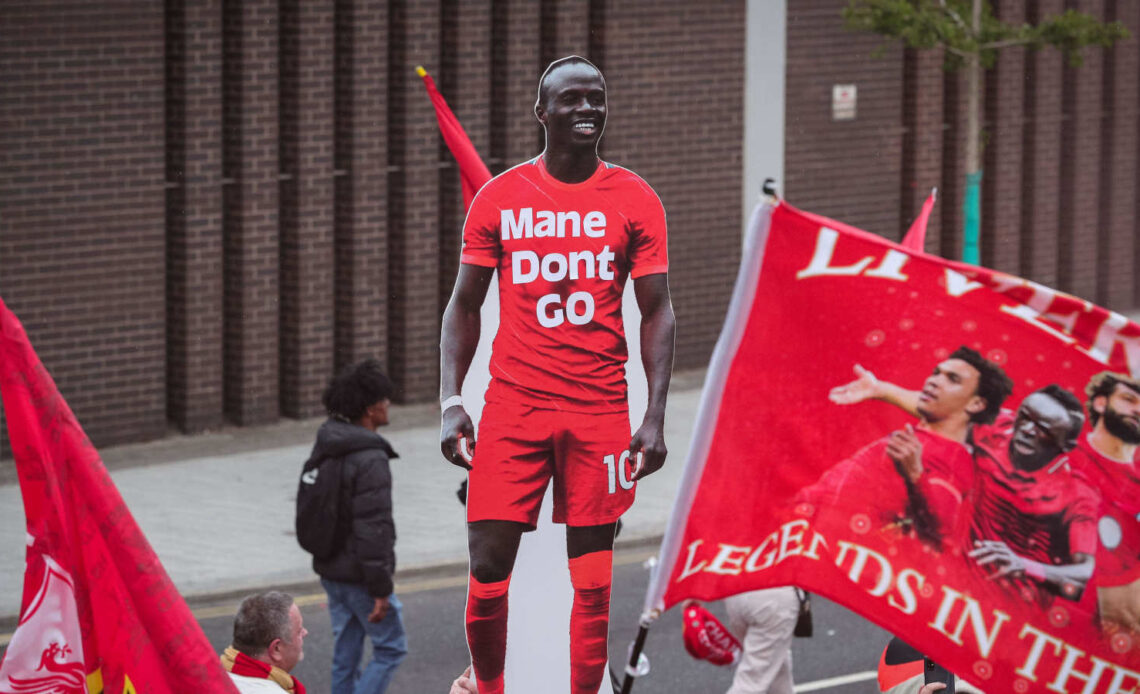The transfer window may not be popular, but the alternative at the time of its introduction would have been the death of football’s economy.
So, the 20th European summer transfer window opens on July 1. Except the transfer window has already been open since June 10 for domestic transfers in England. They have been in France, too, but they haven’t yet in Germany, Italy or Spain. Across Europe the dates of various transfer windows are something of a mess that really could do with a tidy. Like that drawer in the kitchen.
Transfer windows have almost always existed. Traditionally in England, clubs could not buy players after a transfer deadline day that was usually at the end of March, and almost always with a cut-off time of 5.00pm. There was no internet in those days, and office hours clearly mattered to the Football League. The rationale for the transfer deadline was purely about maintaining the integrity of competitions. Wealthy clubs being able to sign players whenever they wanted would upset the competitive balance of the league.
The current iteration of the transfer window in England can be traced back to 1992. Clubs were still operating under the same system as they ever had, but there was growing debate about regulating the transfer market in the hope of curbing the worst excesses of the rapidly growing network of agents that was starting to shoot up, as player salaries started to significantly rise. That it might make clubs think more strategically and plan better was also considered a potential benefit.
A vote was defeated in 1992 on the basis that some clubs may need to ‘sell to survive’ at points throughout a season and that the existing system was a fair compromise, and by the time it was introduced in the global game ten years later Premier League clubs were against moving towards a more tightly regulated window, with Arsenal vice-chairman David Dein saying shortly after their introduction that “the English clubs did not want it, they were very happy with the existing system but, due to no fault of our own, we have had thrust upon us a new system which makes life more difficult”.
It could be argued that the clue was in the new league’s logo. By 1990, it finally felt as though there might be a break in the clouds after decades of dismal investment in facilities, increasing hooliganism and, consequently, steadily falling attendances had ended in an air of toxicity hanging over the game and, ultimately, death. There’d finally…
Click Here to Read the Full Original Article at Football365…

